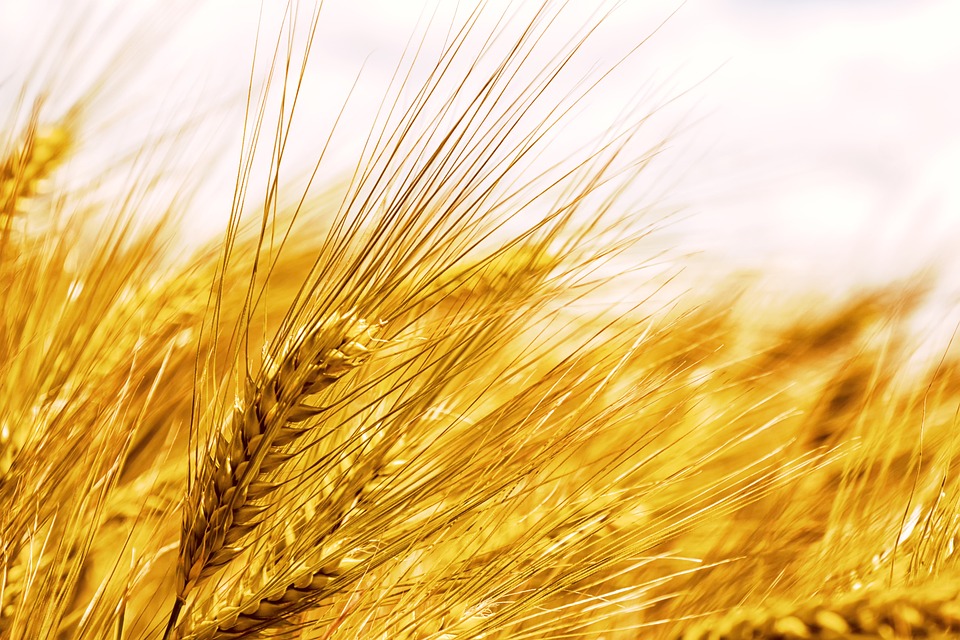 Mary, one of my many personal fitness clients in Fort Collins, asked me an interesting question during our most recent outdoor training session. Since we had such a productive conversation I thought I’d address it here as well. The topic? Fiber. How much? What kind? And is all the hype about fiber and weight loss even true? Let’s begin.
Mary, one of my many personal fitness clients in Fort Collins, asked me an interesting question during our most recent outdoor training session. Since we had such a productive conversation I thought I’d address it here as well. The topic? Fiber. How much? What kind? And is all the hype about fiber and weight loss even true? Let’s begin.
First of all, a simple truth—include fiber in your diet and you’ll feel full in the belly. Even folks who know next to nothing about fiber know this much. If I stopped typing right here, you’d know enough to up your fiber intake, feel stuffed, and then be less likely to splurge on not-so-healthy, sugary alternatives. But is that enough?
No. Here are the facts when it comes to fiber and weight loss:
Fullness For Fiber and Weight Loss
It is true that fiber makes us feel full (which of course can cut down on the urge to snack) but we don’t have to swallow any calories to feel like we’ve eaten three dinners. Interestingly, human beings lack the enzyme necessary to convert the calories in fiber into energy that we can use. Therefore, zero calories for us, and a possible benefit when it comes to fiber and weight loss.
Types of Fiber
There are actually two (very different) kinds of fiber. Both are necessary parts of a healthy diet (especially if weight loss is a goal) and both must be eaten as part of your overall meal. Fiber can be insoluble (it doesn’t dissolve in water) or soluble (it does become soluble in water). For example, an apple peel doesn’t dissolve in water—hence it is an insoluble fiber. Such a thing moves pretty darn fast through the digestive tract so insoluble fiber is great at preventing constipation or blockage. The apple itself is an example of soluble fiber and there are loads of benefits to this fiber type—it lowers the risk of stroke, helps prevent some types of cancers, and may even lower the risk of heart disease.
Foods That Contain Fiber
This all sounds pretty simple, but what are some examples of fiber? Think lentils, dried beans, peas, fruits, brown rice, whole grain wheat, barley, oats, and assorted vegetables. A word about whole grain—this phrase on a label tells you that the product was made with the complete grain kernel. It may be ground later (like in bread and pasta) or it may remain intact (like in oatmeal) but it’s important that you choose foods with the words “whole grain” somewhere on the package—anything less (like “cracked wheat,” “natural grains,” multi-grain,” etc.) is a sign to walk away. Refined foods such as these have basically lost whatever made them healthy, so these foods are probably not the best choice when it comes to fiber and weight loss.
Fiber and Weight Loss
Finally, we should try to consume anywhere from 25 to 30 grams of fiber per day. That’s a lot more than most people eat. As you up your daily intake, do it slowly. Too much too fast can actually have the opposite of the desired effect. Fiber overload causes gas—and with it, constipation. Also, if you increase your fiber consumption, remember to increase your water consumption as well. When it comes to fiber and weight loss, fiber moving through your body on waves of fresh water is happy fiber indeed. Remember, when it comes to fiber and weight loss, fiber is not a cure-all, but it’s certainly an important step to consider as you move toward health and fitness and away from less-than-positive food choices.
